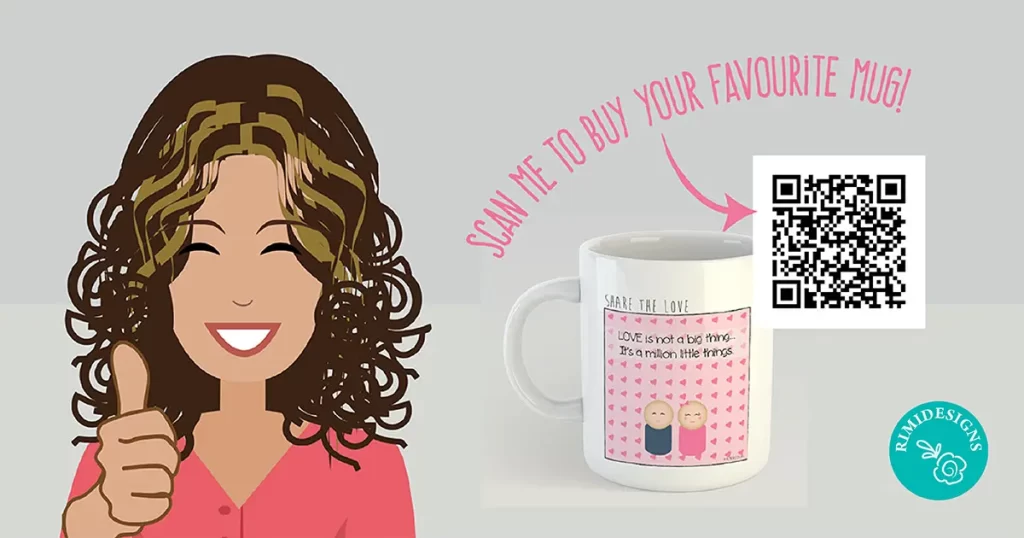
Top 10 Tips on How to Effectively Use QR Codes in Print Design
QR codes – these small, matrix barcodes, once relegated to logistical functions – now serve as gateways between the traditional world of print and the limitless possibilities of digital content. The effective incorporation of QR codes in print design plays a big role in powerful marketing strategy.
Here are the top 10 tips on how to effectively use QR codes in print design.
1. Strategic placement
Position QR codes strategically, ensuring they are easily noticeable without overshadowing other design elements. Striking the right balance, ensures that QR codes coexist seamlessly with the other design elements; enhancing, rather than detracting from, the visual appeal of the print design.
2. Optimal size and legibility
Make sure to find the sweet spot between size and legibility. QR codes should be large enough for easy scanning, yet discreet enough to maintain the elegance of the design and not disrupt the visual harmony of the print design.
3. Provide value-driven links for engaging experiences
Link QR codes to valuable content, i.e. exclusive promotions, additional information or interactive experiences. Give your audience a compelling reason to scan them.
4. Test scannability
Before finalising your print design, test the scannability of QR codes across various devices and angles to guarantee a seamless transition from print to digital.
5. Brand customisation
Customise QR codes with your brand colours or logo. This not only enhances visual appeal but also reinforces brand recognition.
6. Mobile optimisation
Ensure that the linked content is mobile-friendly. QR codes often bridge the print-to-digital gap, so a mobile-optimised experience is key for user engagement.
7. Clear call-to-action
Accompany QR codes with a clear call-to-action (CTA). Instruct users on what to expect and how the QR code enhances their experience.
8. Track and analyse
To gauge the effectiveness of QR codes, implement tracking parameters to analyse their performance. This data provides valuable insights into user engagement and the effectiveness of your print design strategy, allowing for informed iterations and improvements.
9. Update content dynamically
If the linked content is subject to change, use dynamic QR codes. This ensures that the users always accesses the most relevant and up-to-date information. This also adds a layer of responsiveness to your print design strategy.
10. Educate your audience
Include a brief explanation or icon alongside QR codes to educate your audience on the purpose of the QR code, which will cultivate a sense of trust and transparency. Remember, familiarity fosters a higher likelihood of engagement.



